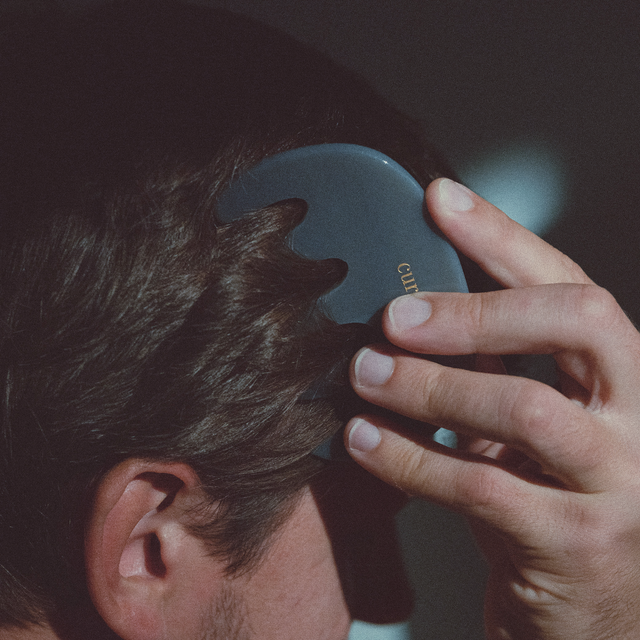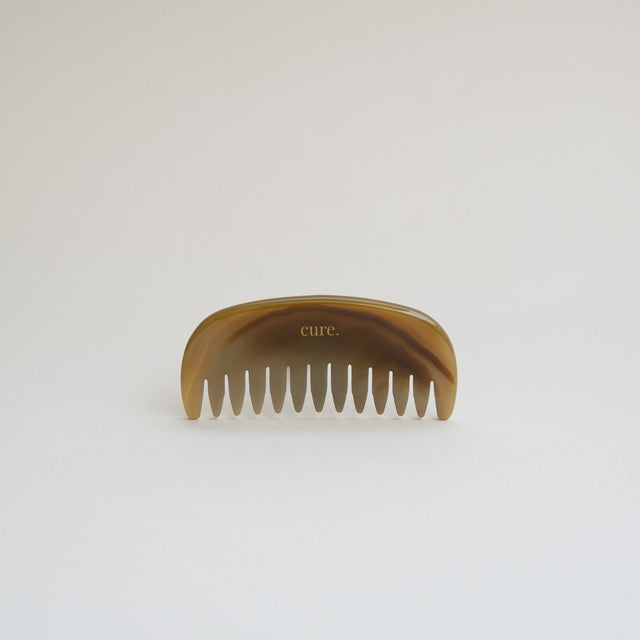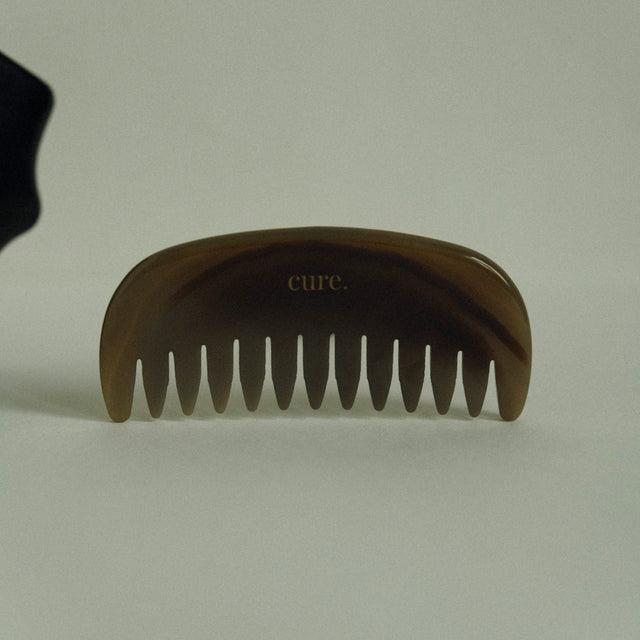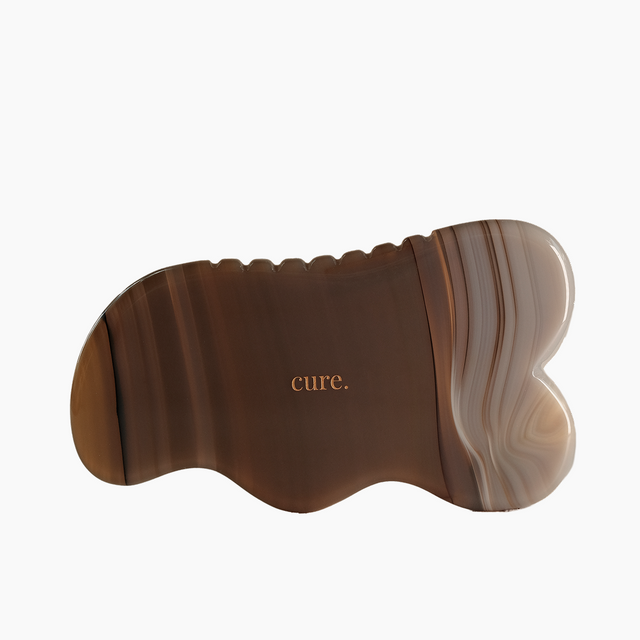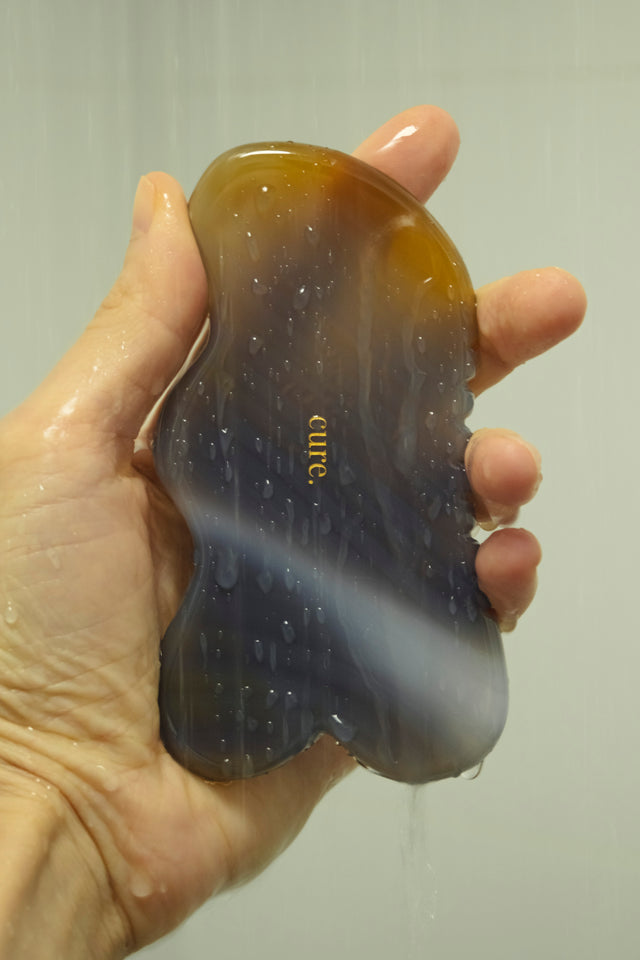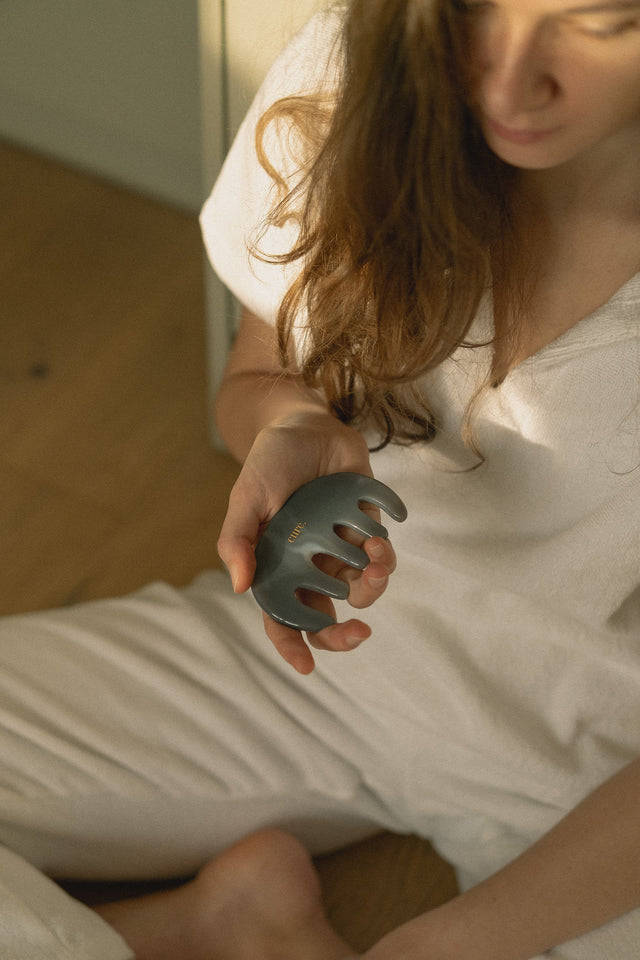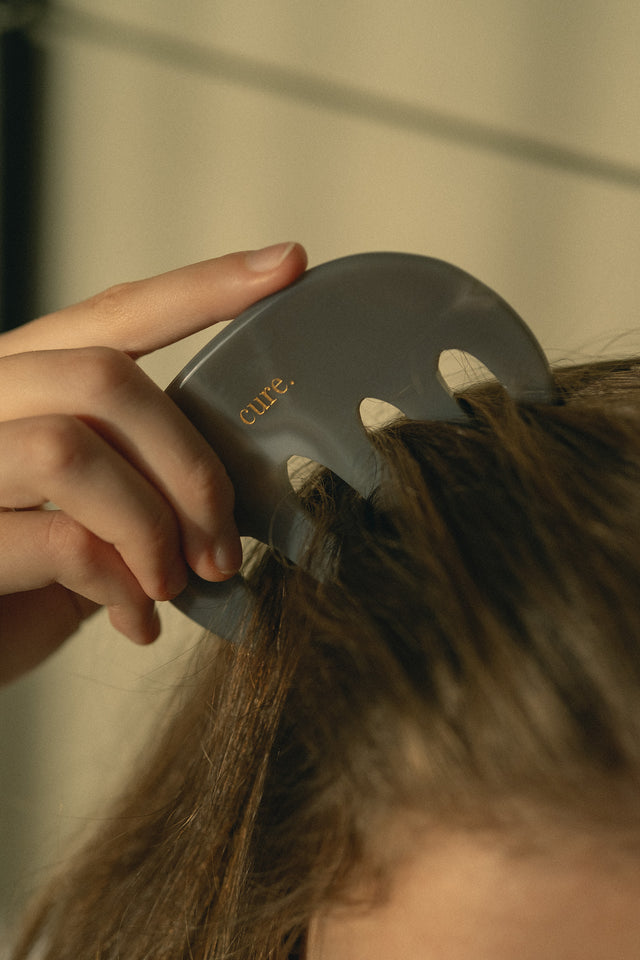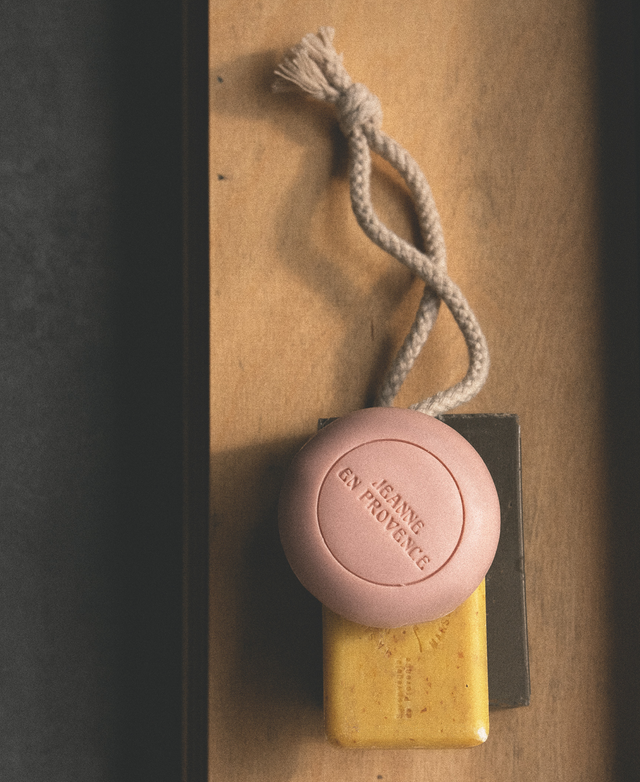Aponeurosis and Head Massage — All the Information You Need to Know
More and more often, you can hear the term "aponeurosis" from cosmetologists and beauty bloggers. It refers to a special area of the head - a tendon plate that covers a part of the skull. Let's take a closer look at where it is located and why the condition of facial skin directly depends on it.
What is Aponeurosis?
The layer of tissue beneath the hairy part of the head has a scientific name - the aponeurotic scalp or aponeurosis. Like all tissues, this area undergoes changes with age. Aponeurosis can be compared to a helmet that becomes immobile over time, attaching to the skull and creating the effect of a tight rubber cap. The result of this process is immediately reflected on the face - eyebrows, eyelids, and eye corners droop. Metabolic processes slow down, affecting the complexion and leading to puffiness. Another consequence is slowed hair growth, thinning, and hair loss due to a lack of nutrients and oxygen to the hair bulbs. In addition to external manifestations, tissue adhesion can also lead to headaches.
Aponeurosis usually becomes immobile and adheres to other tissues after the age of 35. However, there are factors that can initiate the process earlier, such as severe stress, head injuries, or poor posture.
Massage — the Solution to Many Problems
Massage can help slow down the process of tissue adhesion. However, it is important to approach this matter comprehensively and work on all areas: décolleté, neck, face, and head. The neck is particularly important because if there are spasms and tension in this area, head massage will not have a strong effect. It is in the neck that blood vessels involved in blood circulation are located. You can also add regular exercises for the neck and collarbone area to your routine. The sternocleidomastoid muscle, located in this area, also plays an important role in facial aesthetics.
You can massage the head with your hands or using a gua sha plate and an agate comb. Many specialists recommend alternating between manual rituals and gua sha. Massage can stimulate the activity of sebaceous glands, so ideally, it should be done before washing your hair.
Just like on the face, our head has massage lines that should be followed during the massage. Move from the forehead to the crown and from the crown to the neck. The key is to be gentle, avoiding any harm to the skin or hair bulbs. If you have skin damage, it is advisable to refrain from massage, and if you have high blood pressure or problems with cerebral blood circulation, it is recommended to consult a doctor before incorporating massage into your beauty routine.

